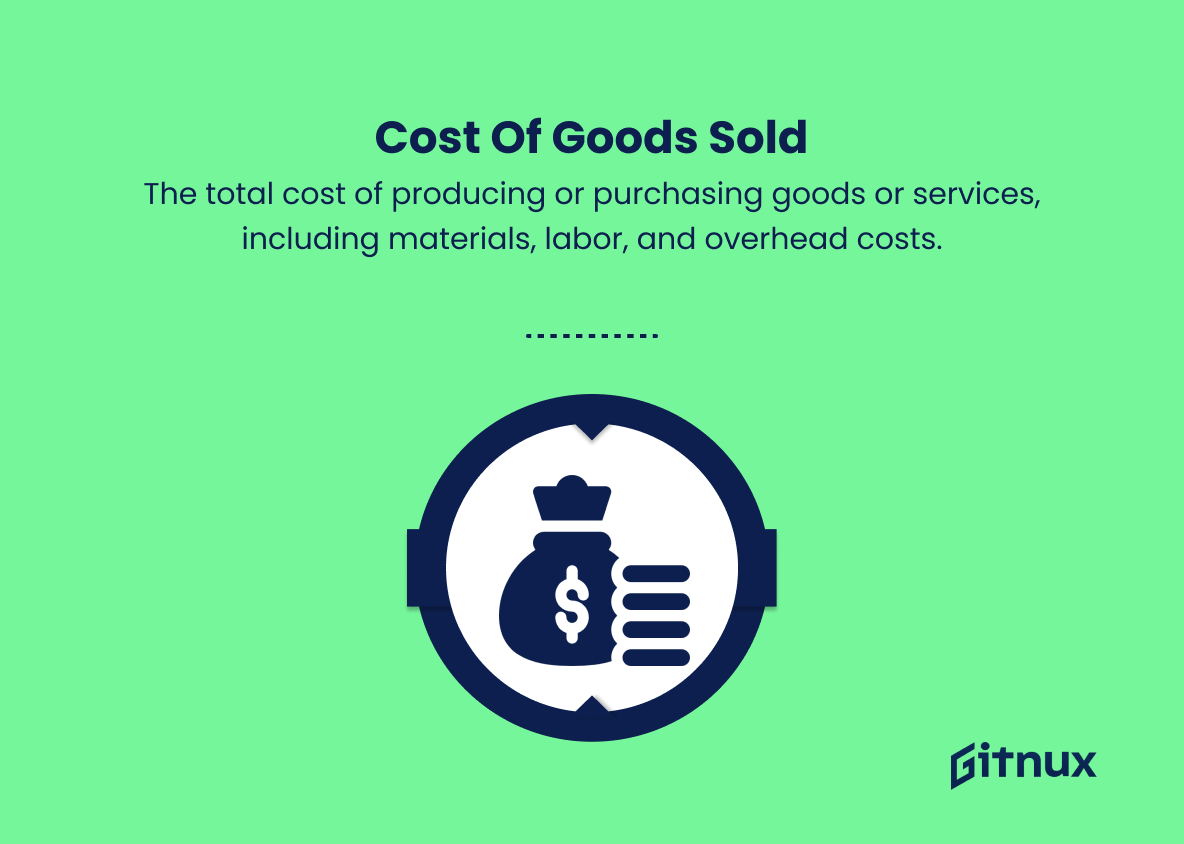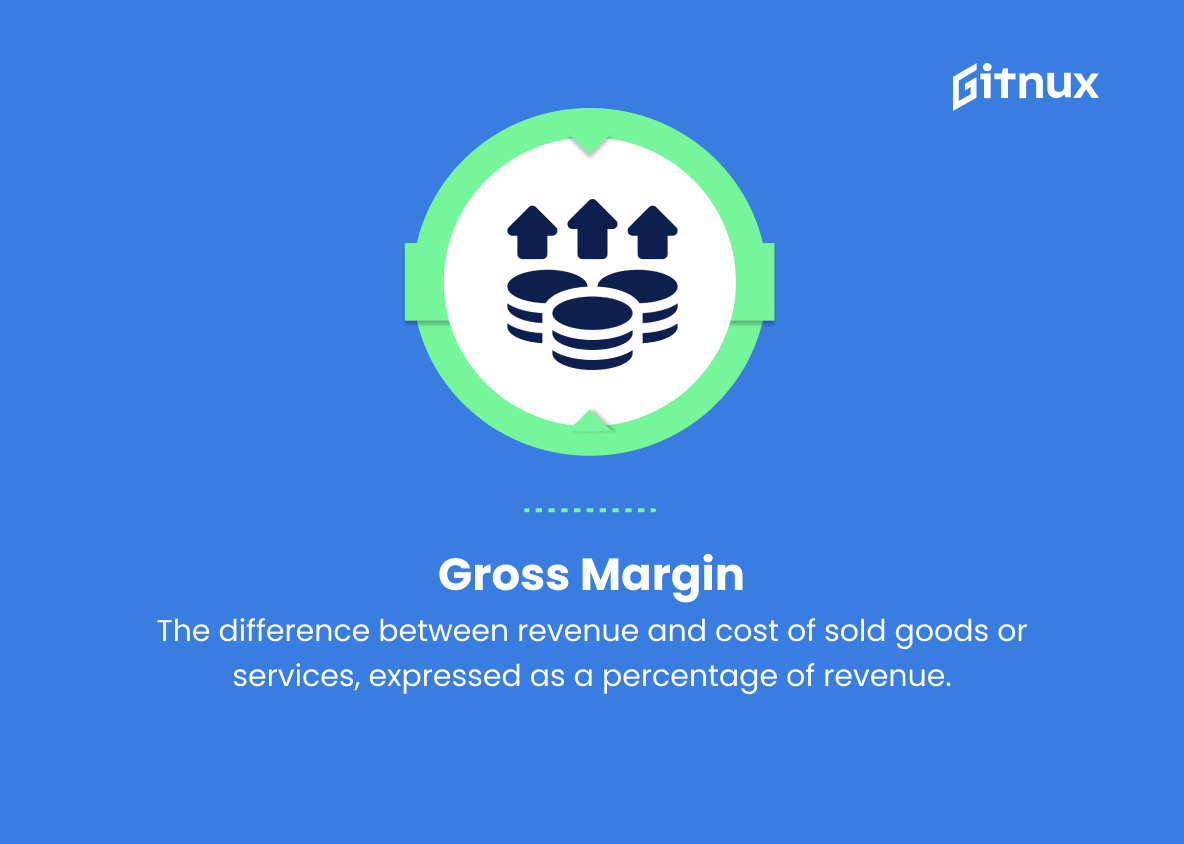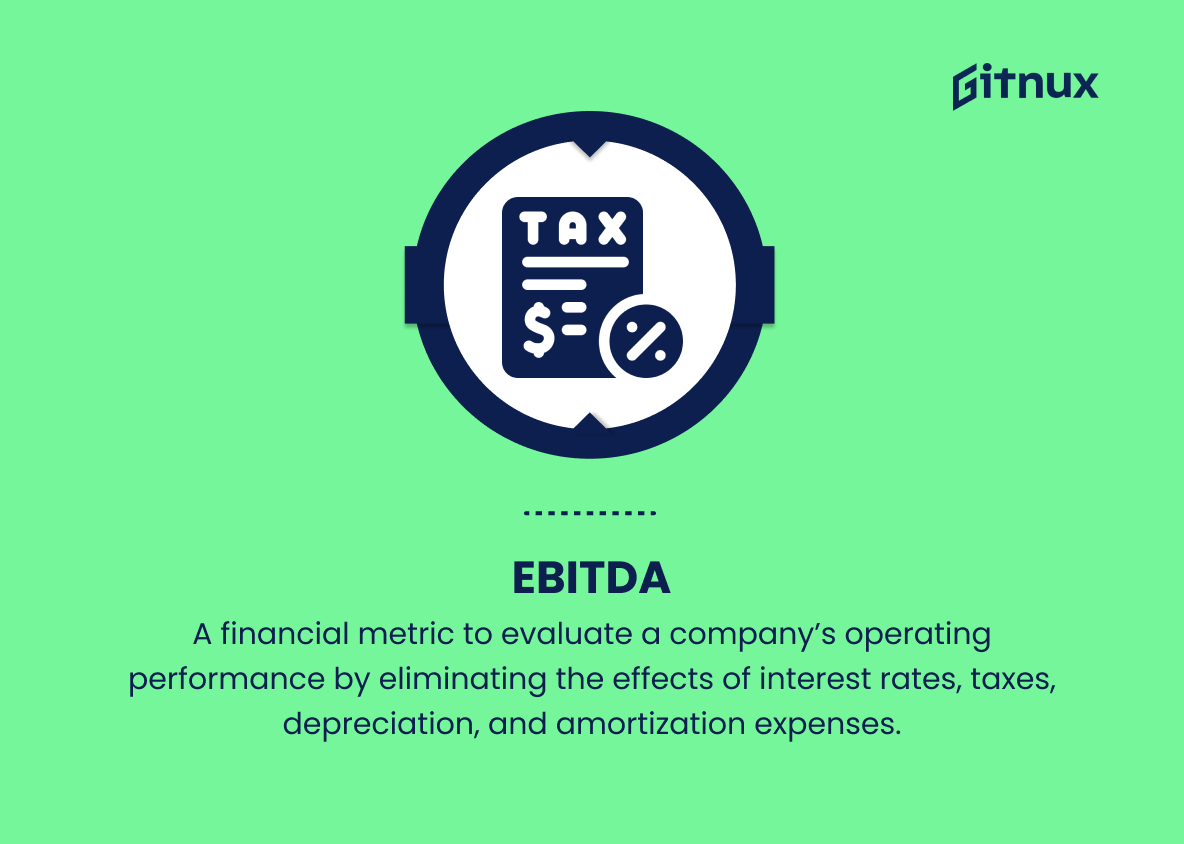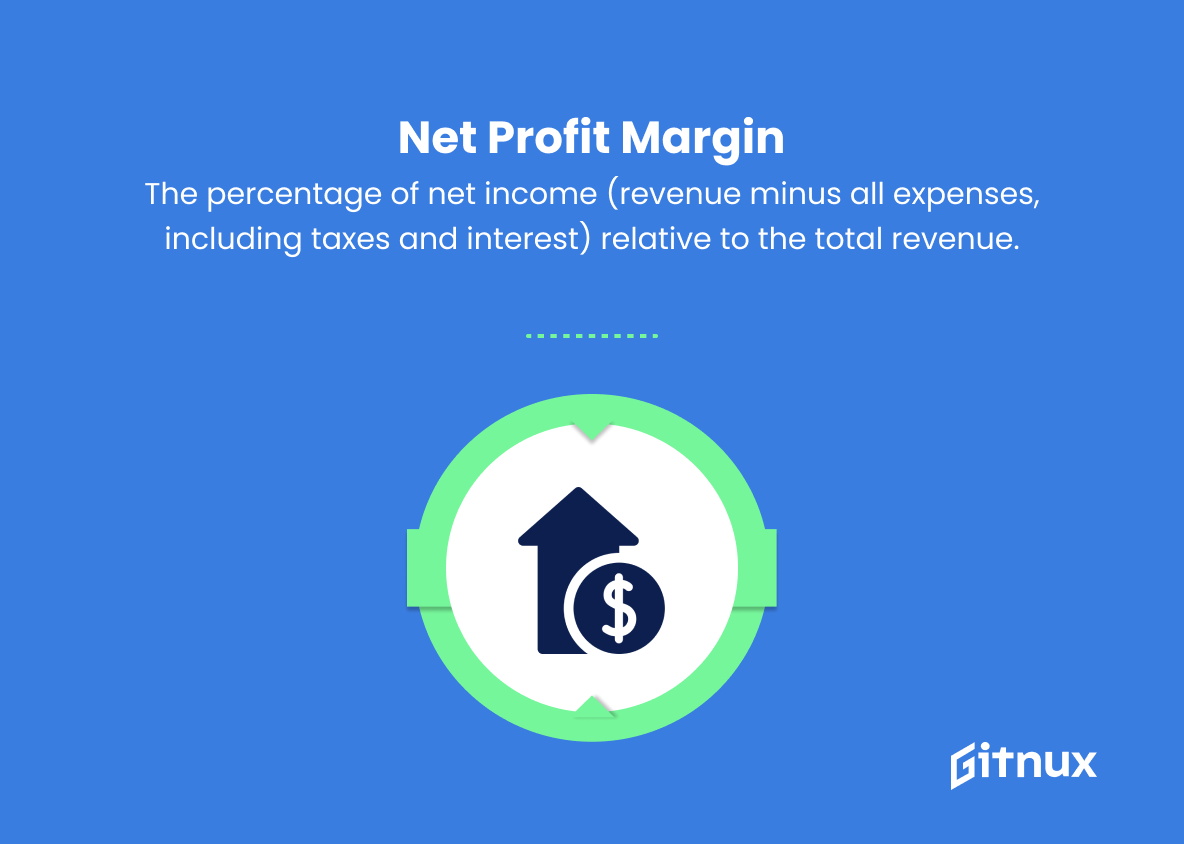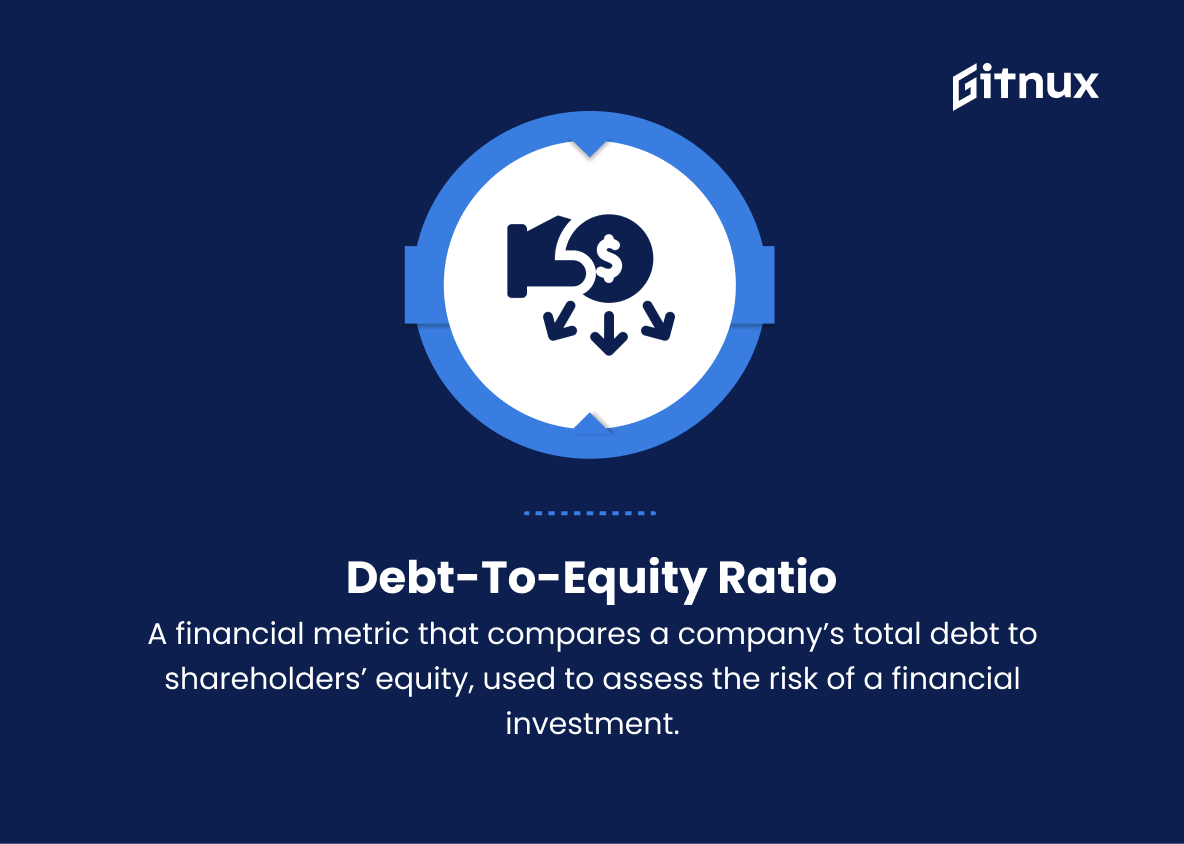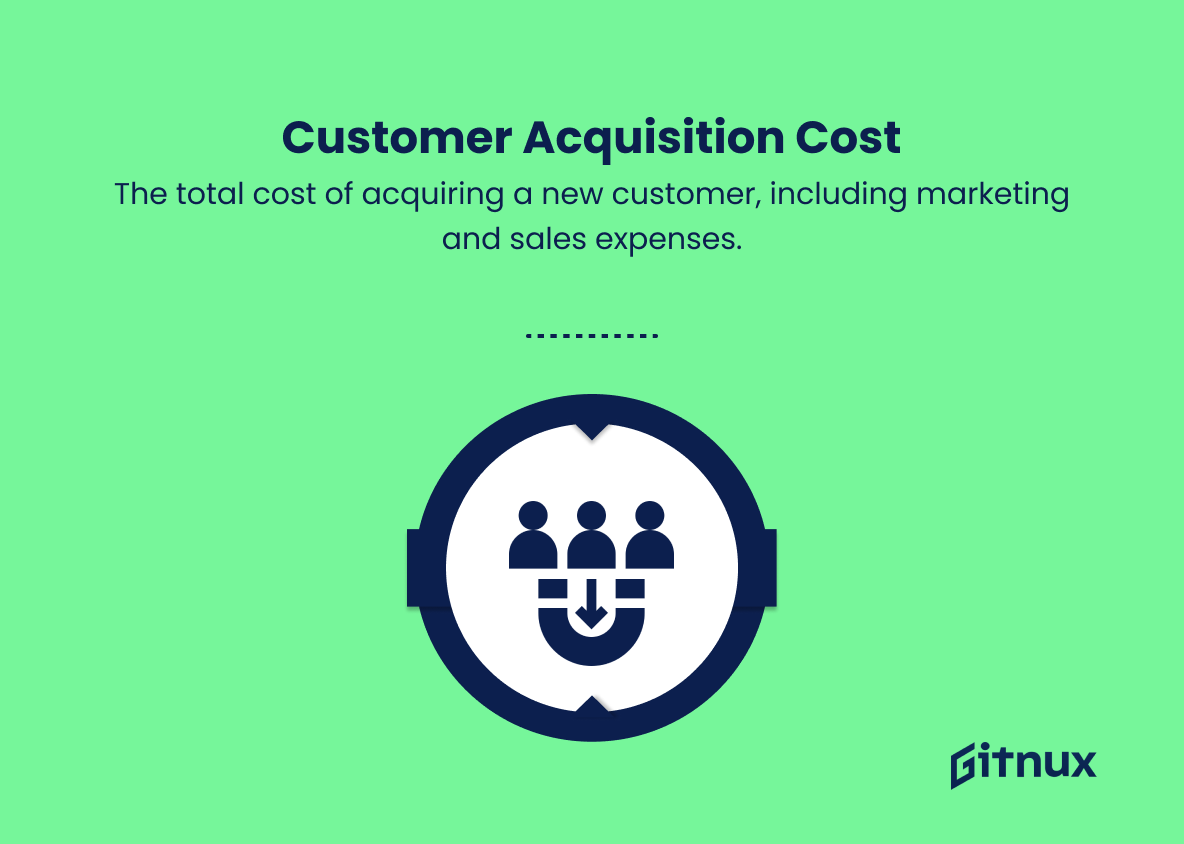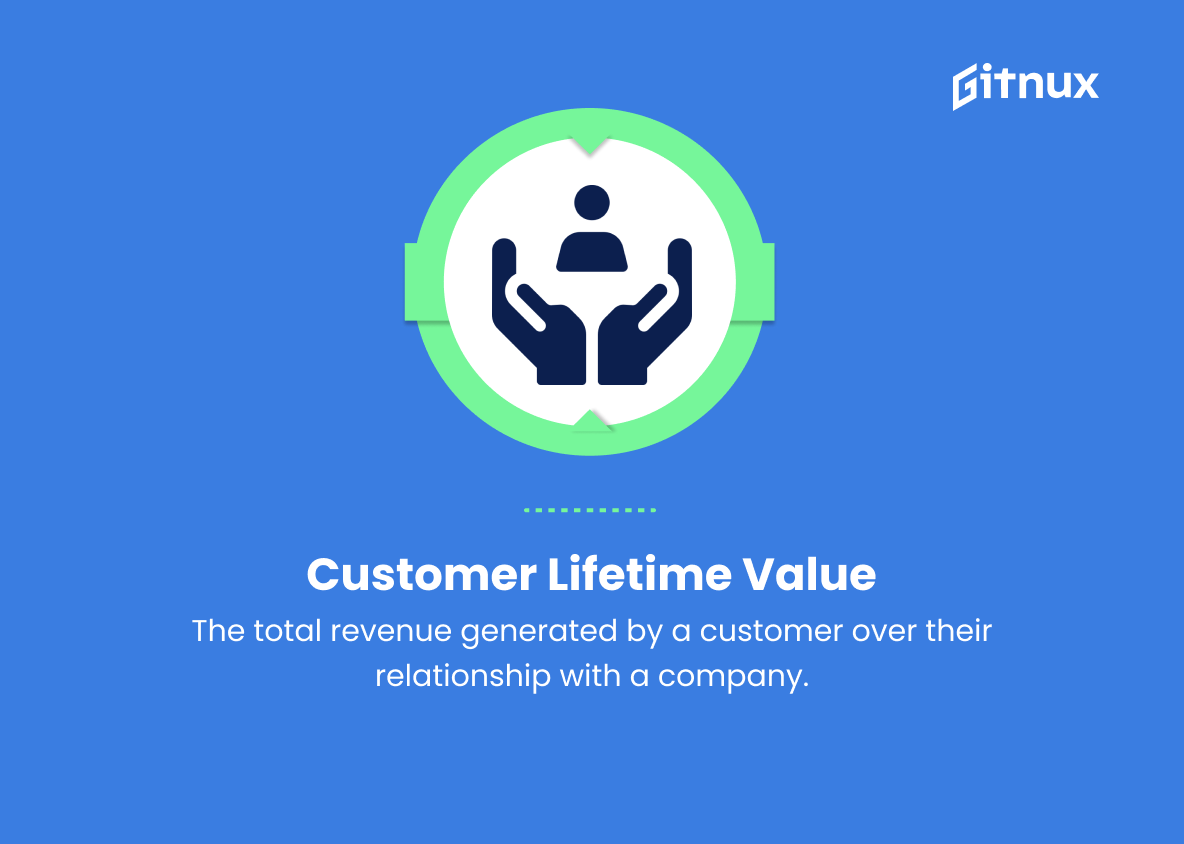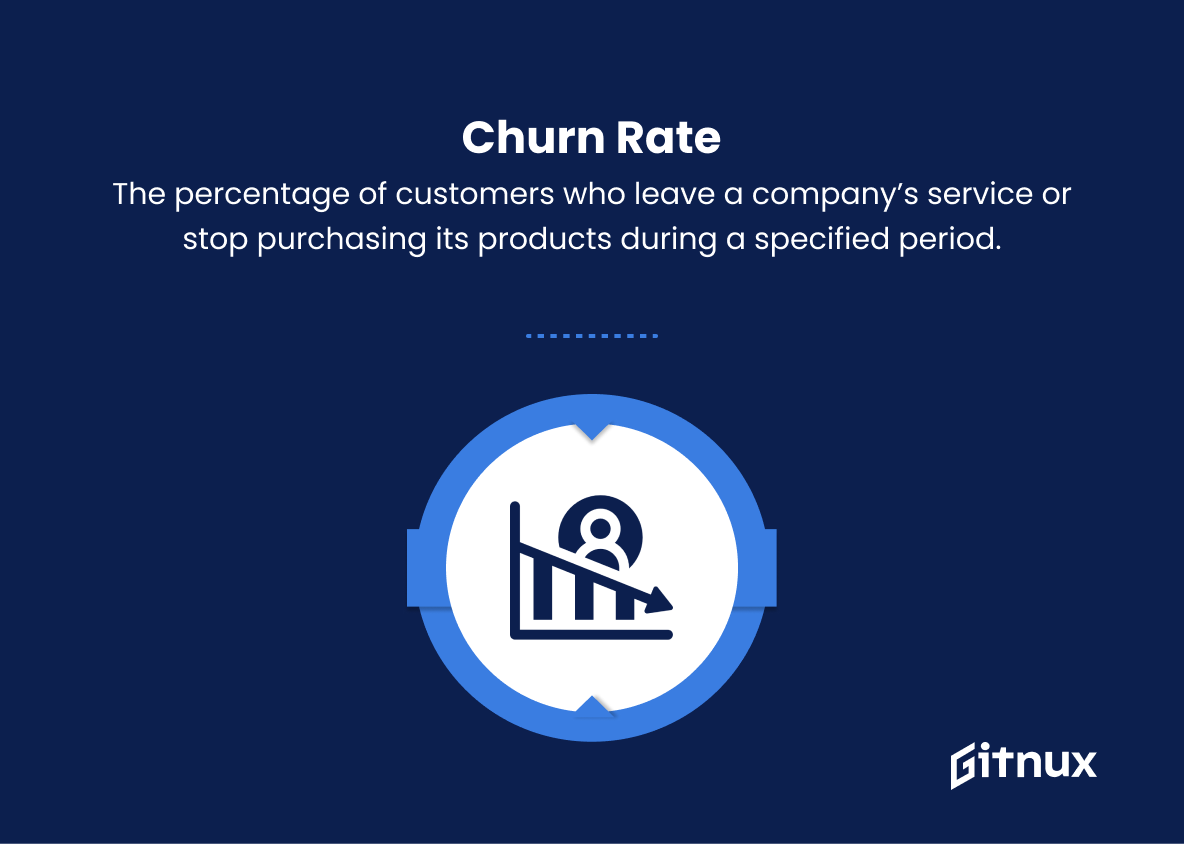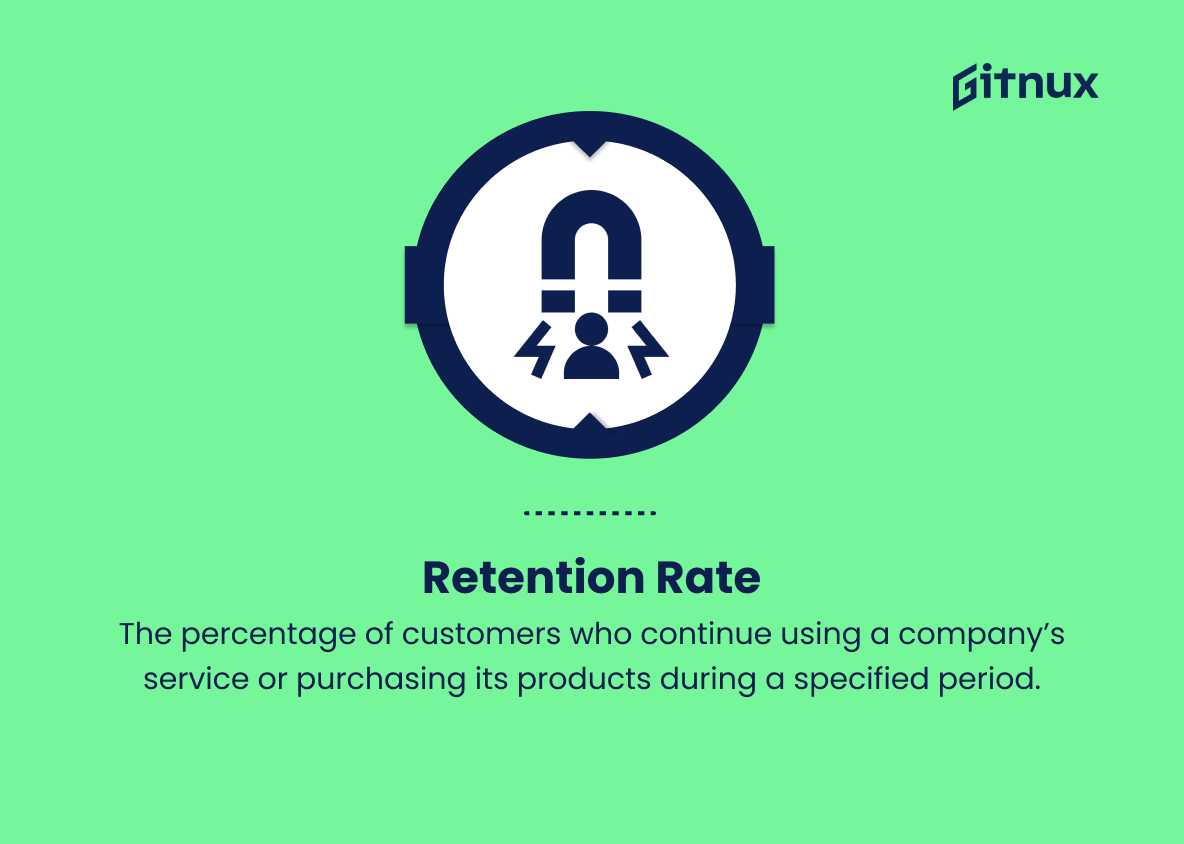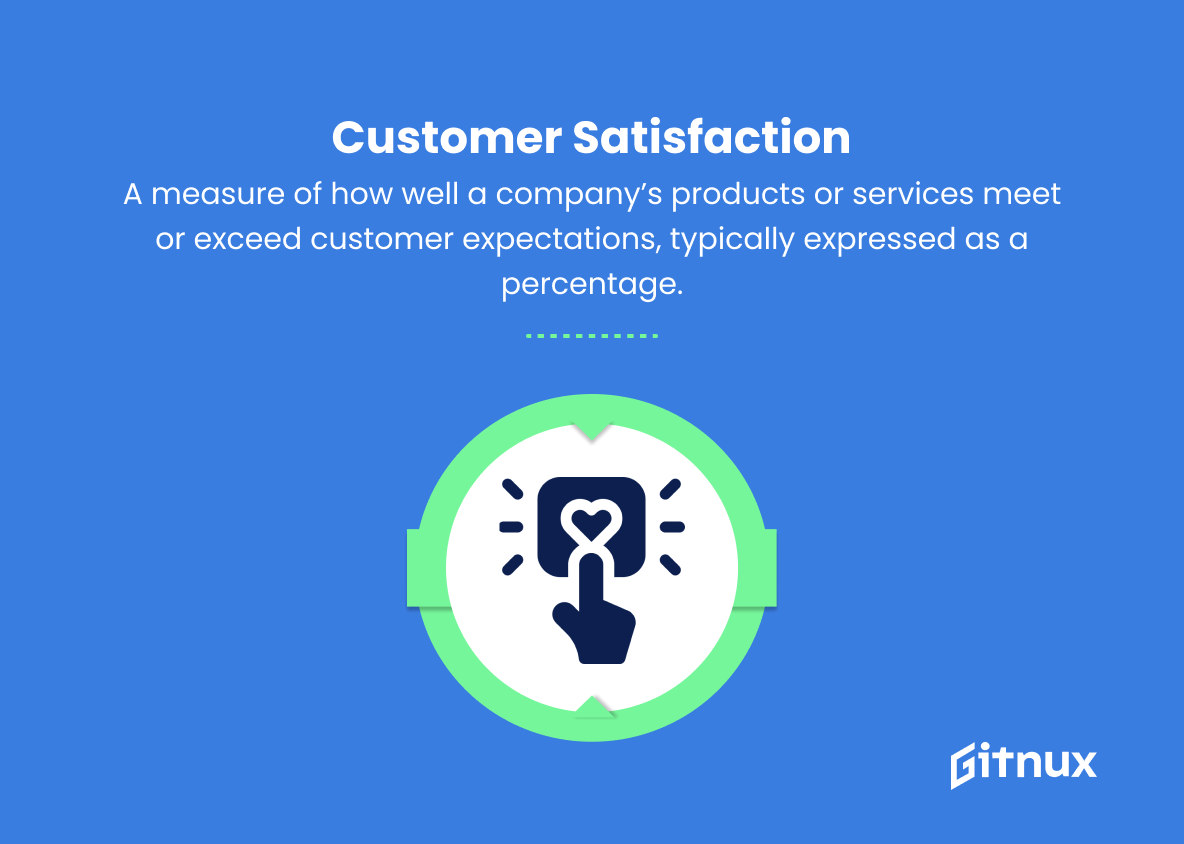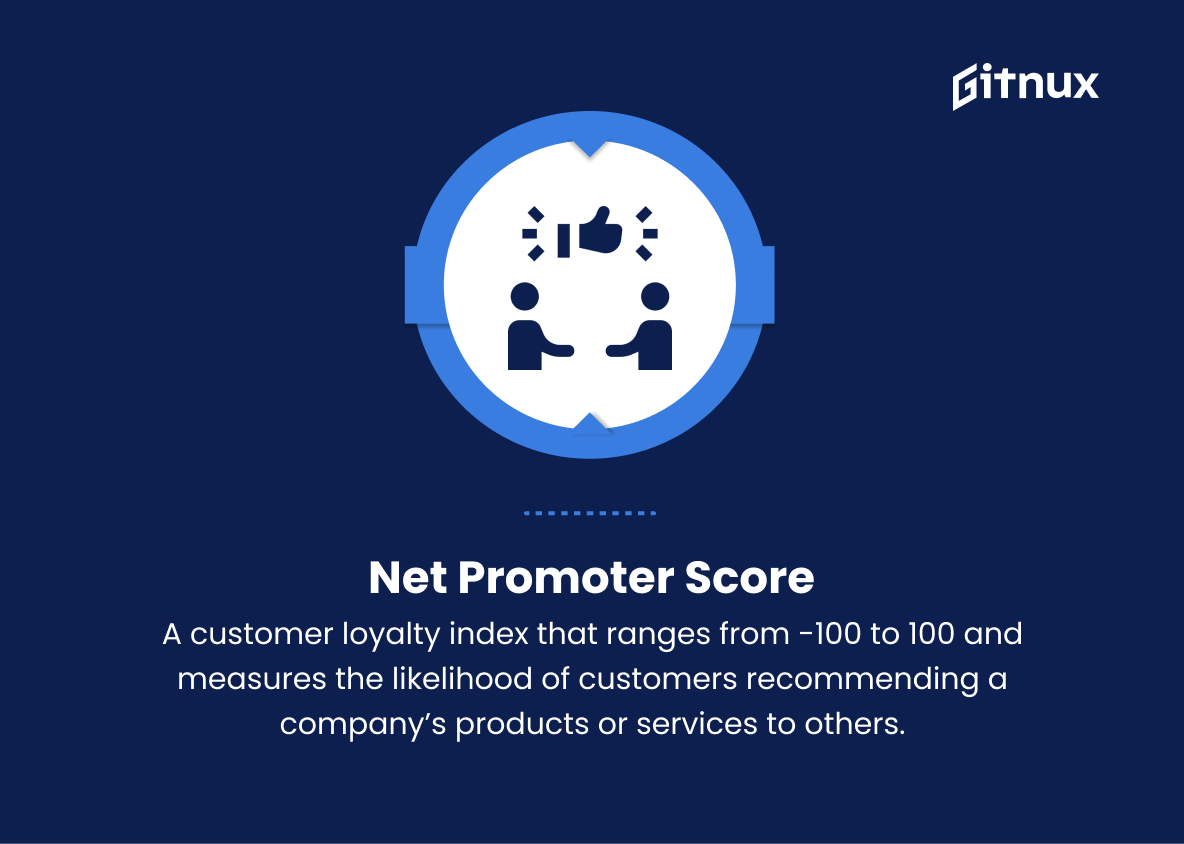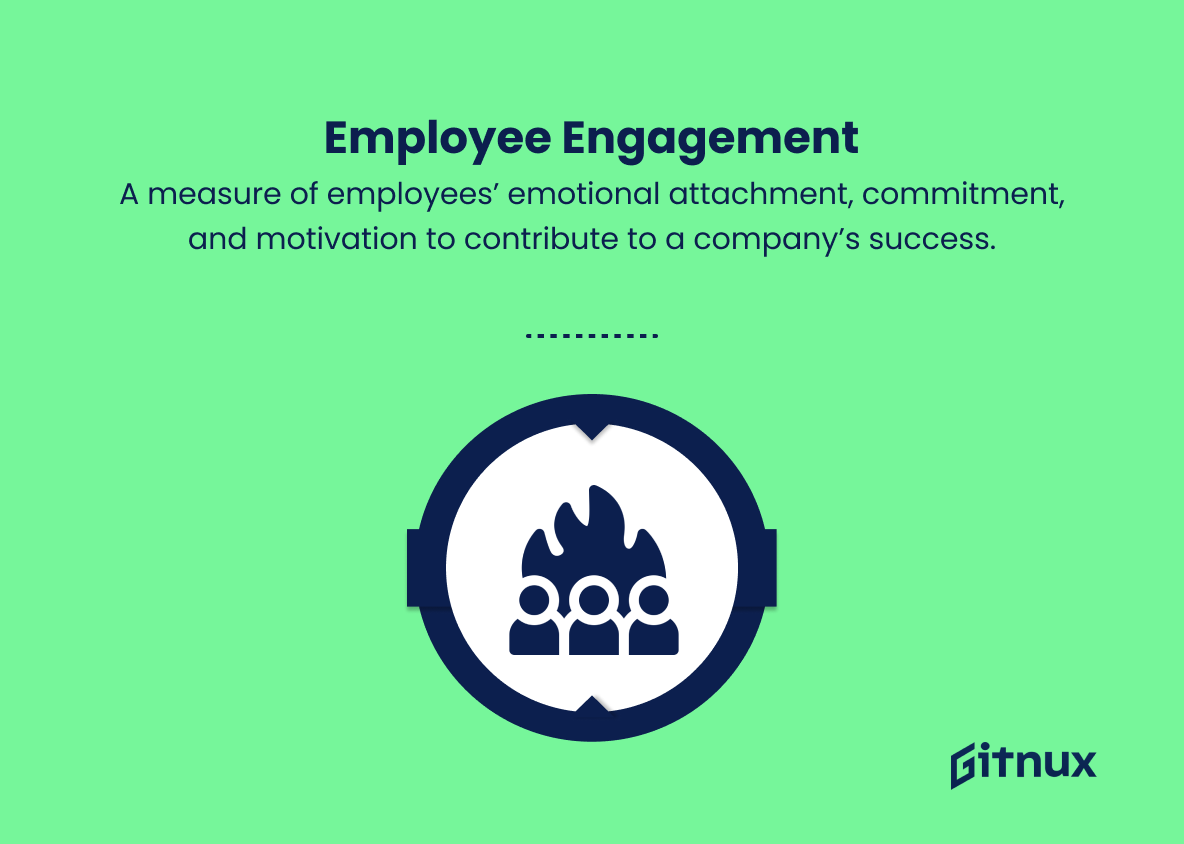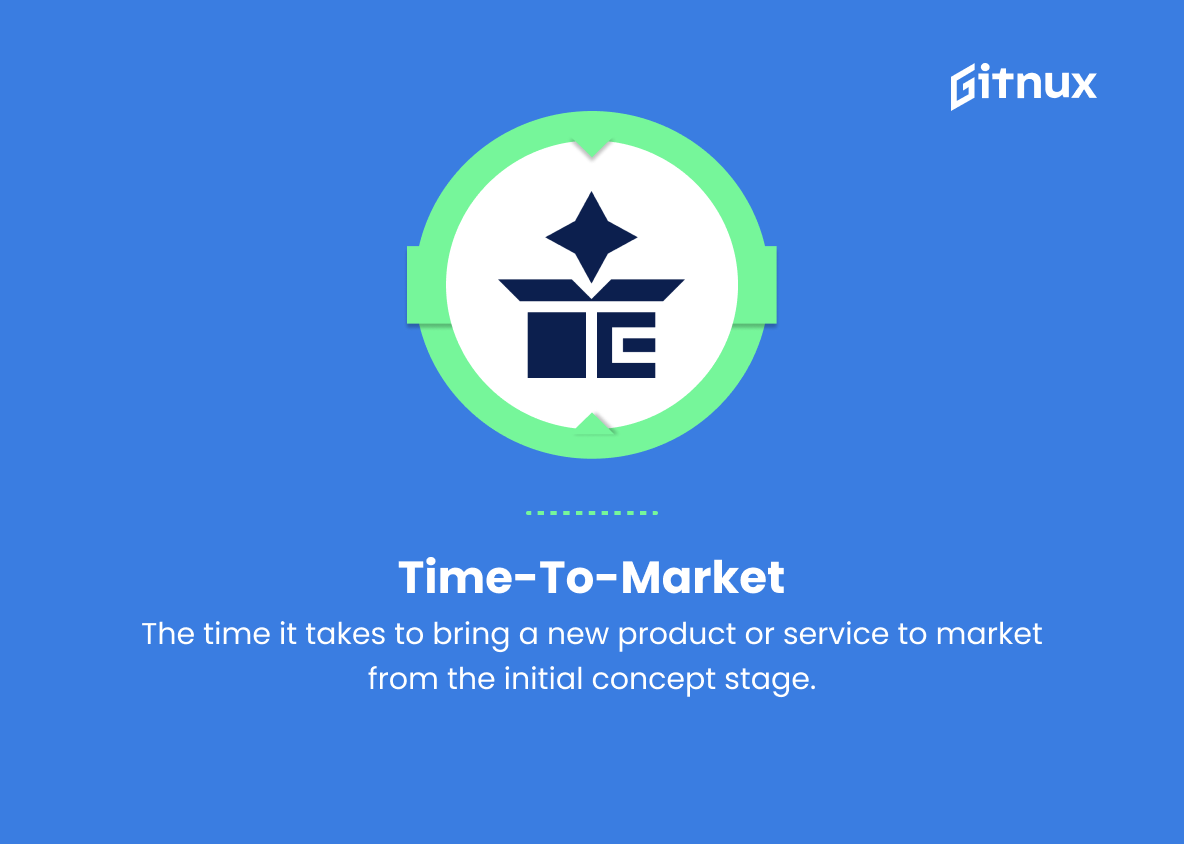In today’s rapidly evolving business landscape, one of the most crucial aspects for organizations to excel is data-driven decision-making. Chief Information Officers (CIOs) have become strategic partners in steering businesses towards success by leveraging data to unlock valuable insights and enhance efficiencies.
This blog post delves into the world of CIO Metrics, where we will explore the indispensable role played by performance indicators in measuring the success of the modern CIO, and illuminating the path to realizing their full potential in driving organizational growth.
CIO Metrics You Should Know
1. Return on Investment (ROI)
A financial metric that calculates the profitability of an investment. It is the ratio of net profit to the initial investment.
2. Cost of Goods Sold (COGS)
The total cost of producing or purchasing goods or services, including materials, labor, and overhead costs.
3. Gross Margin
The difference between revenue and cost of sold goods or services, expressed as a percentage of revenue.
4. Operating Margin
The percentage of operating income (revenue minus COGS) relative to the total revenue.
5. Earnings Before Interest, Taxes, Depreciation, and Amortization (EBITDA)
A financial metric to evaluate a company’s operating performance by eliminating the effects of interest rates, taxes, depreciation, and amortization expenses.
6. Net Profit Margin
The percentage of net income (revenue minus all expenses, including taxes and interest) relative to the total revenue.
7. Debt-to-Equity Ratio
A financial metric that compares a company’s total debt to shareholders’ equity, used to assess the risk of a financial investment.
8. Customer Acquisition Cost (CAC)
The total cost of acquiring a new customer, including marketing and sales expenses.
9. Customer Lifetime Value (CLV)
The total revenue generated by a customer over their relationship with a company.
10. Churn Rate
The percentage of customers who leave a company’s service or stop purchasing its products during a specified period.
11. Retention Rate
The percentage of customers who continue using a company’s service or purchasing its products during a specified period.
12. Customer Satisfaction (CSAT)
A measure of how well a company’s products or services meet or exceed customer expectations, typically expressed as a percentage.
13. Net Promoter Score (NPS)
A customer loyalty index that ranges from -100 to 100 and measures the likelihood of customers recommending a company’s products or services to others.
14. Employee Engagement
A measure of employees’ emotional attachment, commitment, and motivation to contribute to a company’s success.
15. Time-to-Market (TTM)
The time it takes to bring a new product or service to market from the initial concept stage.
16. Cycle Time
The total time it takes to complete a process or task from start to finish.
17. Lead Conversion Rate
The percentage of leads that convert into paying customers or users.
18. Return on Capital Employed (ROCE)
A financial metric that calculates the profitability of a company’s capital investment, used to assess the efficiency of capital allocation.
19. Revenue Growth Rate
The percentage increase or decrease in a company’s revenue over a specified period.
20. Market Share
The percentage of total sales, revenue, or users a company has in its industry or market segment.
CIO Metrics Explained
Metrics such as Return on Investment (ROI), Cost of Goods Sold (COGS), Gross Margin, Operating Margin, EBITDA, Net Profit Margin, Debt-to-Equity Ratio, Customer Acquisition Cost (CAC), Customer Lifetime Value (CLV), Churn Rate, Retention Rate, Customer Satisfaction (CSAT), Net Promoter Score (NPS), Employee Engagement, Time-to-Market (TTM), Cycle Time, Lead Conversion Rate, Return on Capital Employed (ROCE), Revenue Growth Rate, and Market Share are essential in the evaluation and management of a business’s performance. These metrics provide key insights into a company’s financial health, operational efficiency, market competitiveness, and customer satisfaction.
They are valuable tools in decision making, risk assessment, resource allocation, and strategy development, ultimately contributing to the long-term success and growth of a company. By analyzing and monitoring these metrics, businesses can identify areas of improvement, uncover trends, and capitalize on opportunities to build a sustainable and competitive advantage in their respective markets.
Conclusion
In conclusion, CIO metrics play a highly crucial role in evaluating the overall performance, efficiency, and effectiveness of a company’s IT initiatives. By harnessing the power of these metrics, CIOs and other decision-makers can craft informed strategies, allocate resources optimally, and drive innovation across their organizations.
To truly harness the potential of CIO metrics, it’s vital to select the most relevant parameters, align them with the organization’s objectives, and refine them over time. By doing so, companies can create a strong foundation for long-term success in the ever-changing and highly competitive world of technology.

